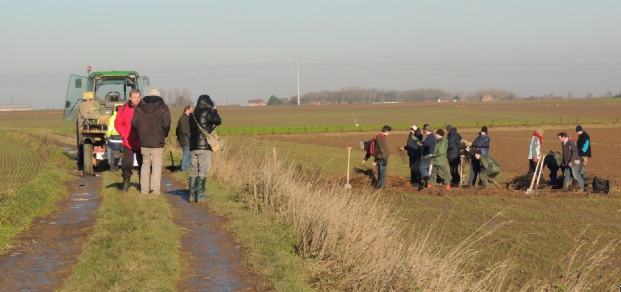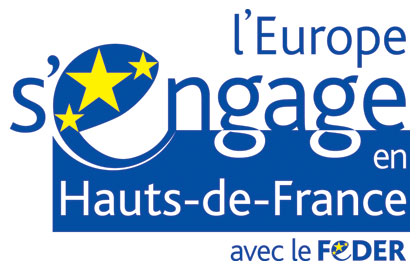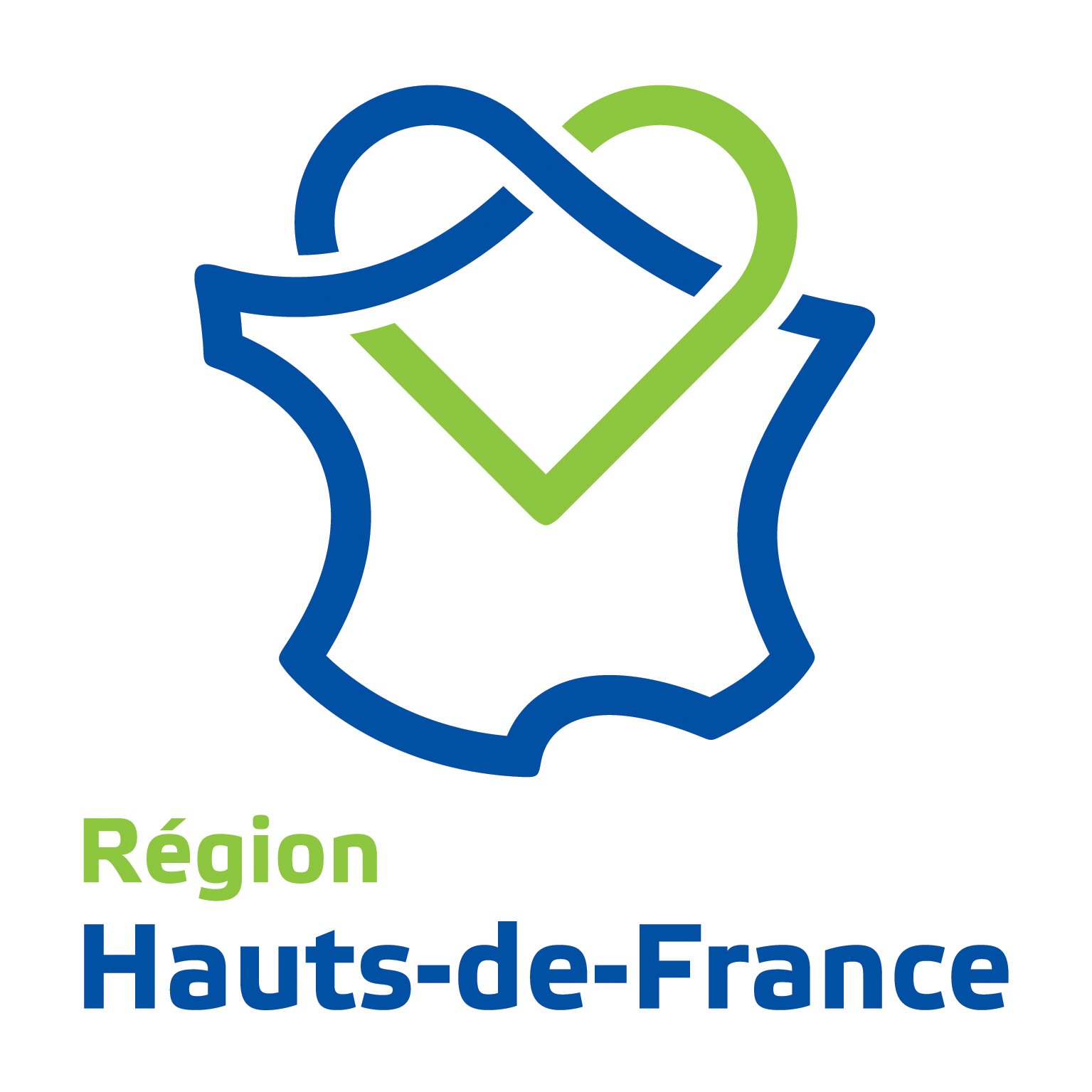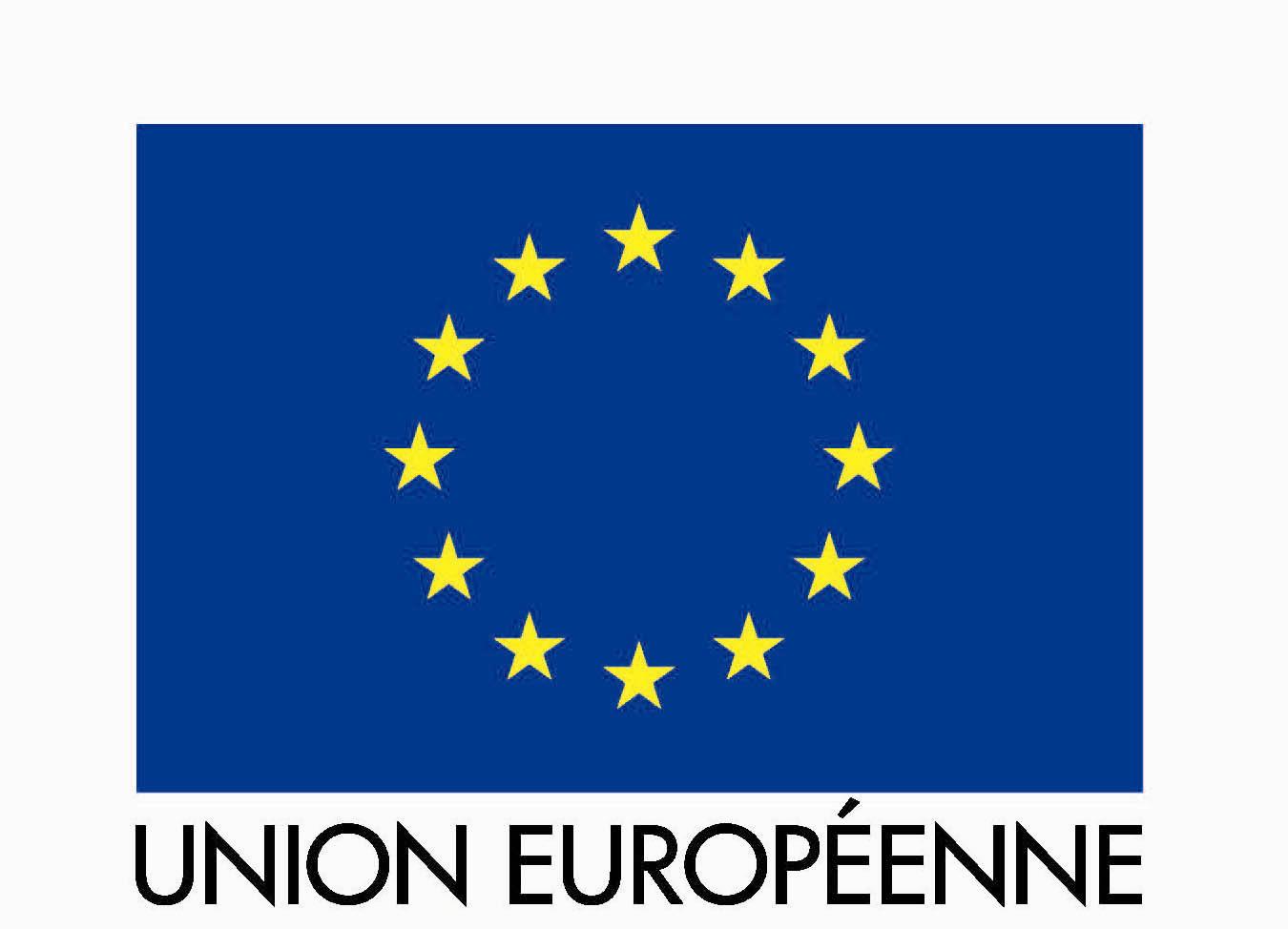The goal of CE2I project is to facilitate the use of electricity, a vector capable of assimilating the different sources of clean renewable energies, in order to allow us to use energy wherever we need.
Greenhouse gases (GHG) prevented indirectly by the project will probably be higher than those emitted by the project itself, but the fact that the development of the project has an ecological footprint do not match the project’s philosophy.
To us, it seems important to calculate the GHG emissions linked to the project activities (travels of partners, energy for tests, etc.) and to carry out a carbon care action to mitigate GHG emissions we cannot avoid. The idea is to turn CE2I project as an exemplary project in accordance with its first objective: contribute to the reduction of GHG emissions.
Adaptation of the classic method to a research project
Based on the previous experiences of the University of Lille (https://l2ep.univ-lille.fr/en/carbon-care), we first adapt the classical method to a research project. Indeed, the so-called classical method organises direct and indirect activities in the shape of a map in order to take into account all GHG emissions.
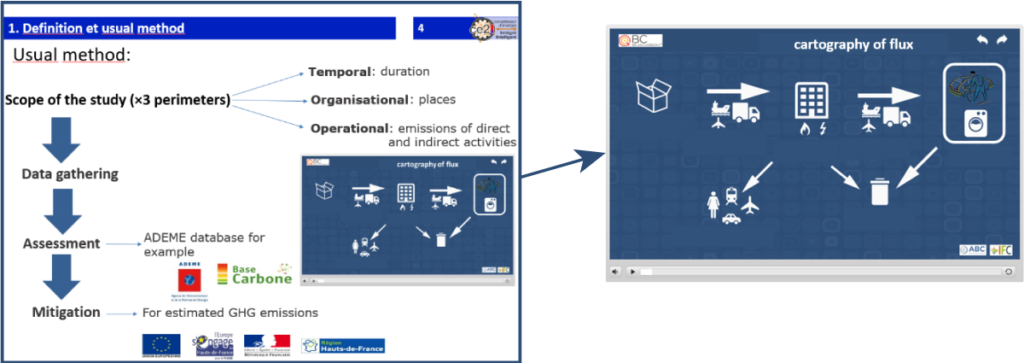
This map fits a business activity or a one-off event but it is difficult to follow in the framework of a research project. We decided then to organise direct and indirect activities not on this basis but according to the organisation of a research project.
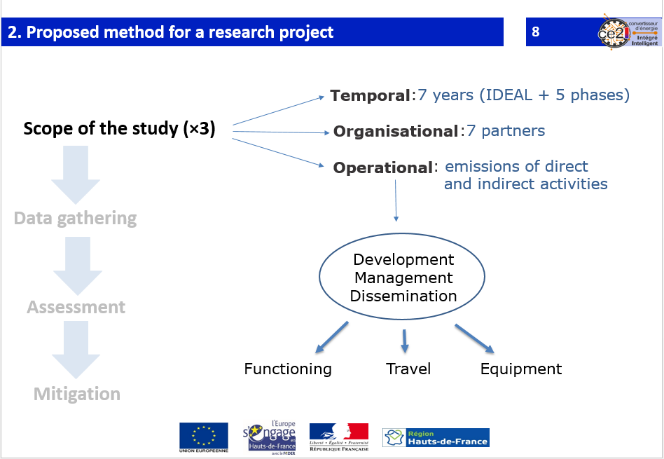
By organising data into 3 parts (development, management and dissemination), each of them subdivided into 3 sub-parts (functioning, travel and equipment), all activities of a research project are covered, and thus all GHG emissions linked to our project.
Data collection and assessment
To carry out the assessment, the project manager has been trained to the ADEME (French agency for the environment and energy management) to “Carbon footprint” method provided by the “Association Bilan Carbone” (ABC).
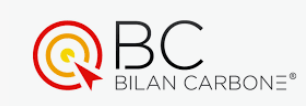

We also investigated digital activities (what is the cost of a scientific calculation, videoconferencing or a website), quite new topics one cannot find yet in databases.
In order to facilitate data collection, relevant and easy to fill impact factors have been found. The 7 partners’ data were centralized thanks to 7 “carbon referents” who transferred them to the project manager.
In the same time, GHG emissions of CE2I demonstrators were assessed thanks to the work of the University of Artois, one of the project partners.
Mitigation
The step that distinguishes a carbon assessment (calculation of emissions) from a carbon care action is the mitigation of GHG emissions we could not avoid during the project. For CE2I project, planting trees will be the way to mitigate.
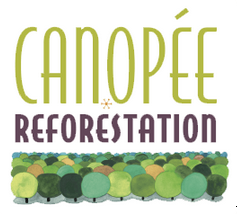
To us, it is important to conduct this action in collaboration with a regional association, allowing us to plant trees where the project has been developed. The association “Canopée reforestation” has been then chosen. It allows us to plant trees in the surrounding area of Hauts de France and to take part in the planting campaign https://canopeereforestation.fr/
